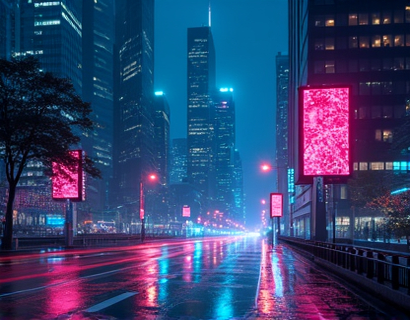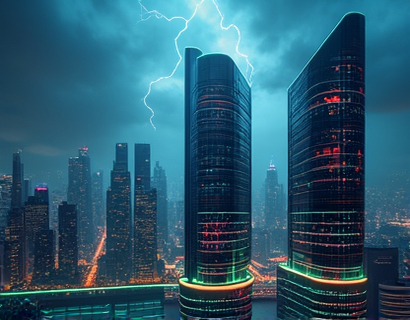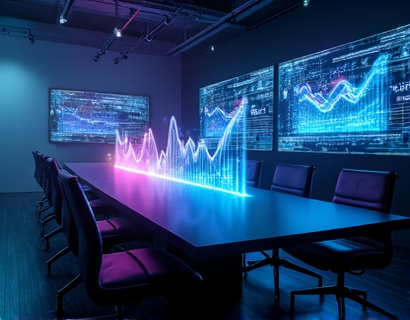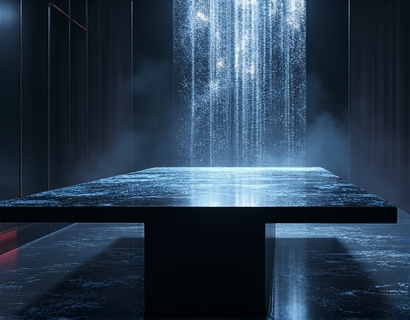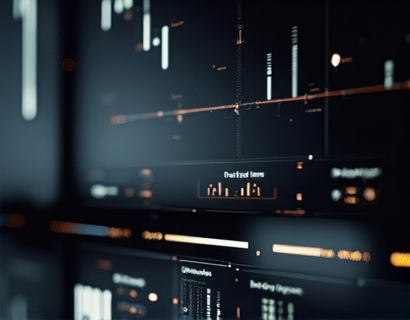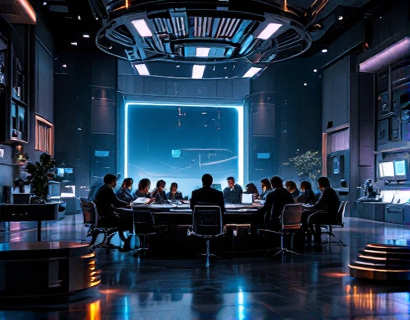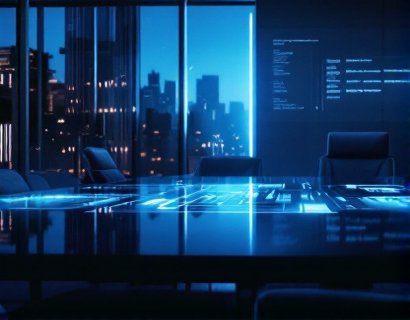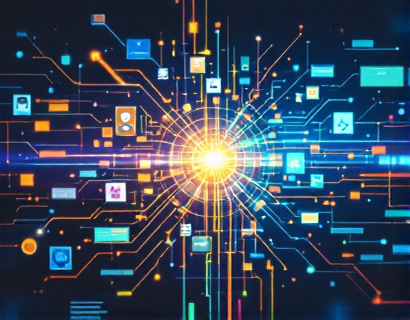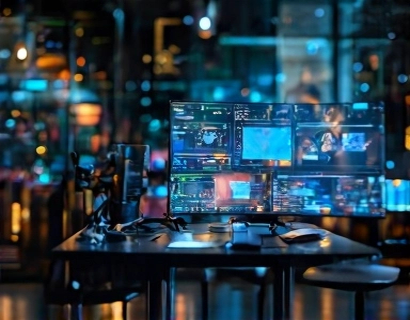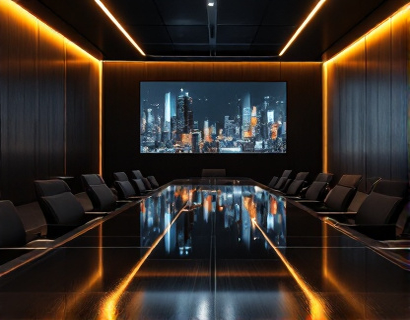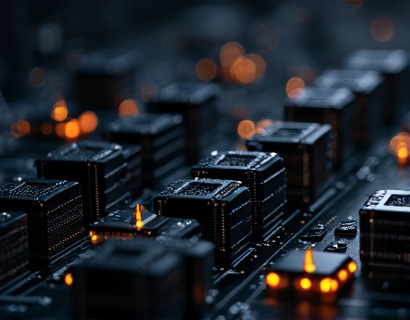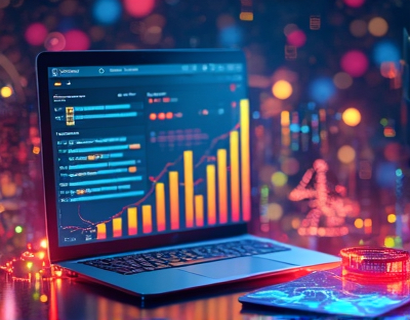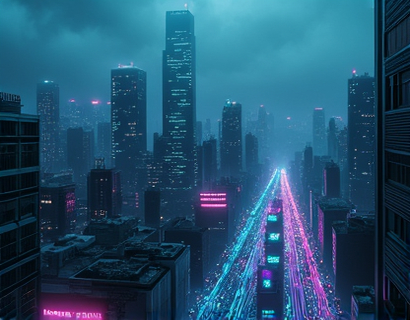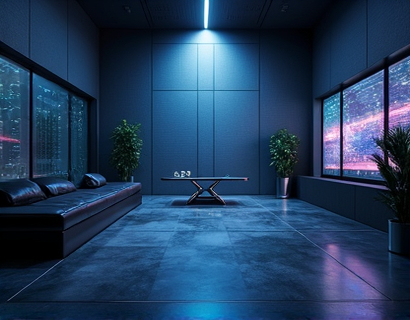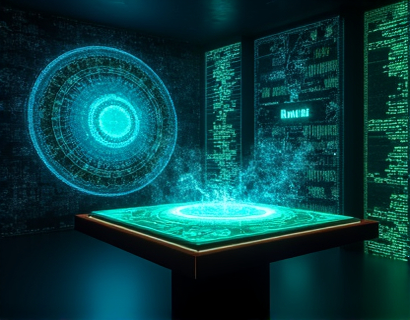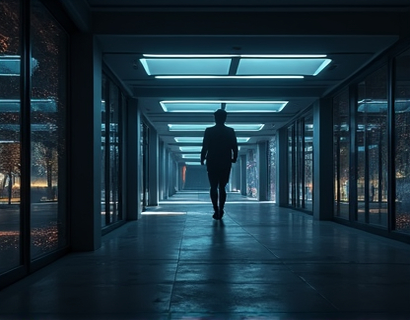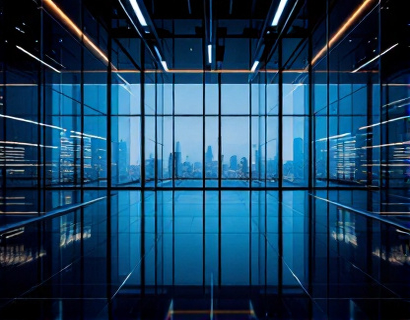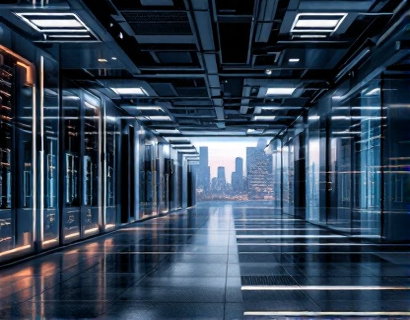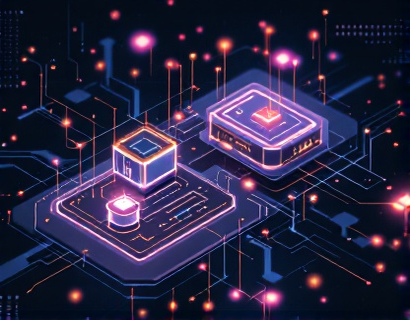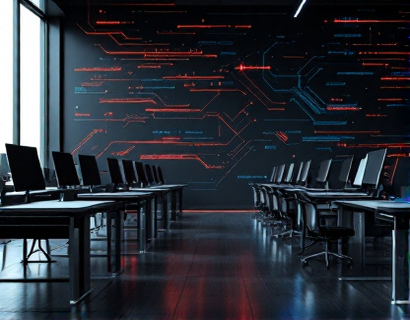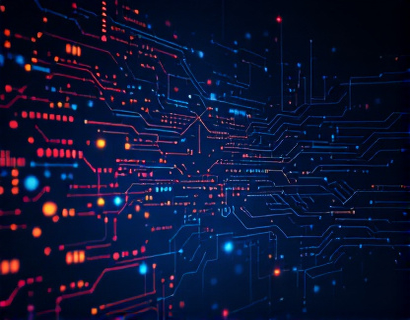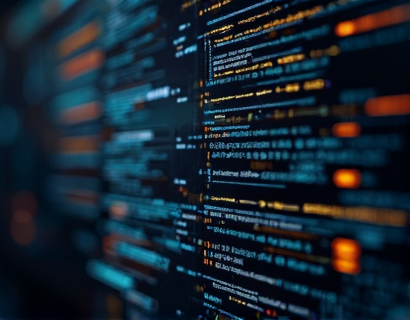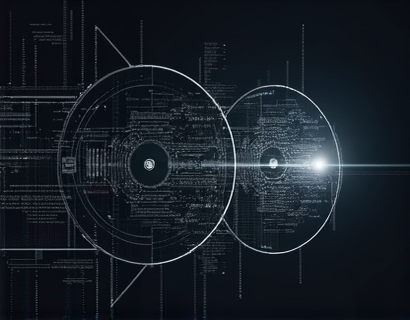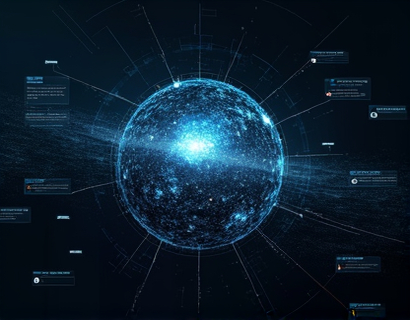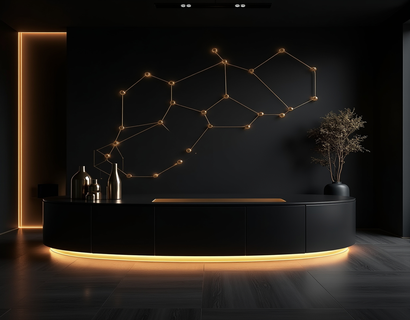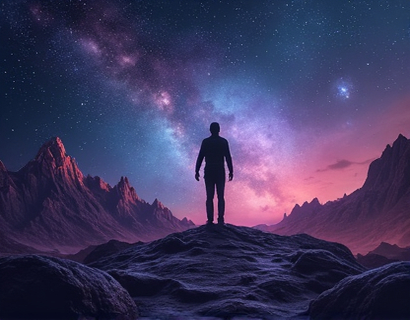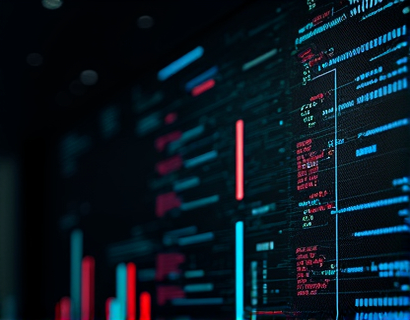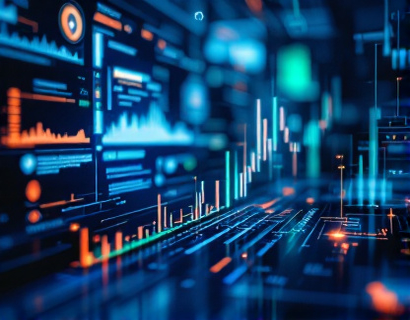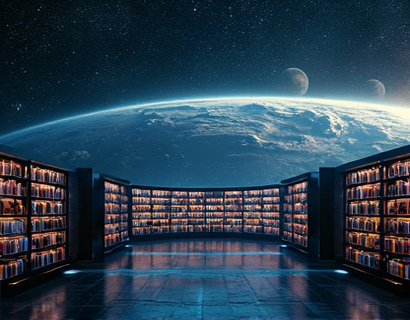AI-Powered Graphic Creation: Revolutionizing Visual Design Accessibility for Everyone
The landscape of graphic design is undergoing a transformative shift, driven by the integration of artificial intelligence (AI) into creative processes. This revolution is making visual design more accessible and democratizing the creation of high-quality graphics for a broader audience. Traditional graphic design has long been a domain reserved for professionals with extensive training and experience. However, with the advent of intelligent online tools powered by AI, individuals without formal design education can now produce stunning visuals with unprecedented ease. This article delves into the ways AI is reshaping the field of graphic design, focusing on the tools and technologies that are empowering users to bring their creative visions to life.
The Rise of AI in Graphic Design
The incorporation of AI in graphic design is not a recent phenomenon but has gained significant momentum in recent years. AI algorithms can analyze vast amounts of data to identify patterns, trends, and styles, enabling them to generate designs that are both aesthetically pleasing and contextually relevant. These tools leverage machine learning to improve over time, learning from user interactions and feedback to refine their outputs. The result is a new generation of graphic design software that can assist users in creating professional-grade visuals without requiring extensive design knowledge.
Intelligent Online Tools for Visual Creation
Intelligent online tools are at the forefront of this revolution, offering a range of features that simplify the graphic design process. These platforms use AI to automate repetitive tasks, such as color matching, layout optimization, and element placement, allowing users to focus on the creative aspects of design. For instance, users can input text and select a theme, and the AI will generate a visually appealing layout complete with fonts, colors, and imagery. This level of automation not only saves time but also reduces the barrier to entry for those new to graphic design.
User-Friendly Interfaces and Drag-and-Drop Functionality
One of the key advantages of AI-powered graphic design tools is their user-friendly interfaces. These platforms are designed to be intuitive, with drag-and-drop functionality that makes it easy to manipulate elements on the canvas. Users can upload images, add text, and adjust designs with simple clicks and drags. This accessibility is particularly beneficial for non-designers who may find traditional design software overwhelming. The simplicity of these tools means that anyone with a creative idea can turn it into a professional-looking graphic.
Customization and Personalization
AI-powered tools offer a high degree of customization, allowing users to tailor designs to their specific needs. Whether it's creating a unique logo, designing a social media post, or developing a marketing brochure, these tools can adapt to various requirements. Users can choose from a wide range of templates and styles, and the AI will adjust the design elements to fit the chosen theme. Additionally, the ability to preview changes in real-time ensures that users can make adjustments on the fly, resulting in a final product that perfectly aligns with their vision.
Enhancing Creativity with AI Assistance
Contrary to the common misconception that AI will replace human creativity, these tools are actually enhancing the creative process. AI can suggest design ideas, provide inspiration, and even generate multiple design variations for users to choose from. This collaboration between human creativity and AI-driven suggestions can lead to innovative and unexpected outcomes. For example, a user might start with a basic idea and let the AI expand on it, leading to a design that neither the user nor the AI could have conceived alone.
Time and Cost Efficiency
The efficiency brought about by AI-powered graphic design tools is unparalleled. What once took hours or even days of manual design work can now be accomplished in minutes. This time savings translates to cost savings, making high-quality visuals more accessible to small businesses, entrepreneurs, and individuals with limited budgets. For marketing professionals and social media managers, the ability to quickly generate engaging content can significantly enhance their productivity and the overall effectiveness of their campaigns.
Applications Across Various Industries
The impact of AI in graphic design is felt across a wide range of industries. For marketers, AI tools can create visually compelling ads and social media posts that resonate with target audiences. Small business owners can use these tools to develop professional-looking branding materials, such as business cards and brochures, without the need for a dedicated designer. Educators can create engaging visual aids for their students, and non-profit organizations can produce impactful fundraising materials. The versatility of these tools makes them invaluable across various sectors.
Quality and Consistency
One of the most significant benefits of AI-powered graphic design is the consistency and quality of the output. AI algorithms can maintain a high level of quality across multiple designs, ensuring that each graphic meets professional standards. This consistency is particularly important for brands that need to maintain a uniform visual identity across all their marketing materials. Additionally, the ability to generate multiple design variations ensures that users can select the best option, further enhancing the overall quality of their visual content.
Overcoming Design Challenges
Traditional graphic design can be challenging, especially for those without formal training. Design principles, color theory, and typography are complex subjects that require time and practice to master. AI-powered tools simplify these challenges by providing built-in guidelines and best practices. For example, the AI can suggest color palettes that are visually harmonious and text placements that improve readability. These features help users overcome common design hurdles and produce professional-quality work without the need for extensive education.
Collaboration and Community
The rise of AI in graphic design has also fostered a sense of community among users. Online platforms often include forums and community sections where users can share their work, seek feedback, and collaborate on projects. This collaborative environment not only helps users improve their skills but also fosters a supportive network of creatives. The exchange of ideas and feedback can lead to new insights and innovative designs, further enriching the creative process.
Future Prospects and Innovations
As AI technology continues to advance, the potential for innovation in graphic design is vast. Future developments may include more sophisticated AI models that can understand context and intent more deeply, leading to even more personalized and relevant design suggestions. The integration of augmented reality (AR) and virtual reality (VR) into graphic design tools could also open up new possibilities for immersive and interactive visual experiences. The ongoing evolution of AI in this field promises to further democratize access to high-quality visual design.
Conclusion
The integration of AI into graphic design is revolutionizing the way visual content is created, making it more accessible and democratic. Intelligent online tools powered by AI are breaking down barriers, allowing individuals and businesses of all sizes to produce professional-grade graphics with ease. These tools not only save time and reduce costs but also enhance creativity and consistency. As the technology continues to evolve, the future of graphic design looks brighter and more inclusive than ever before. Whether you are a seasoned designer or a novice with a creative idea, AI-powered graphic design tools are here to empower you to bring your visions to life.




